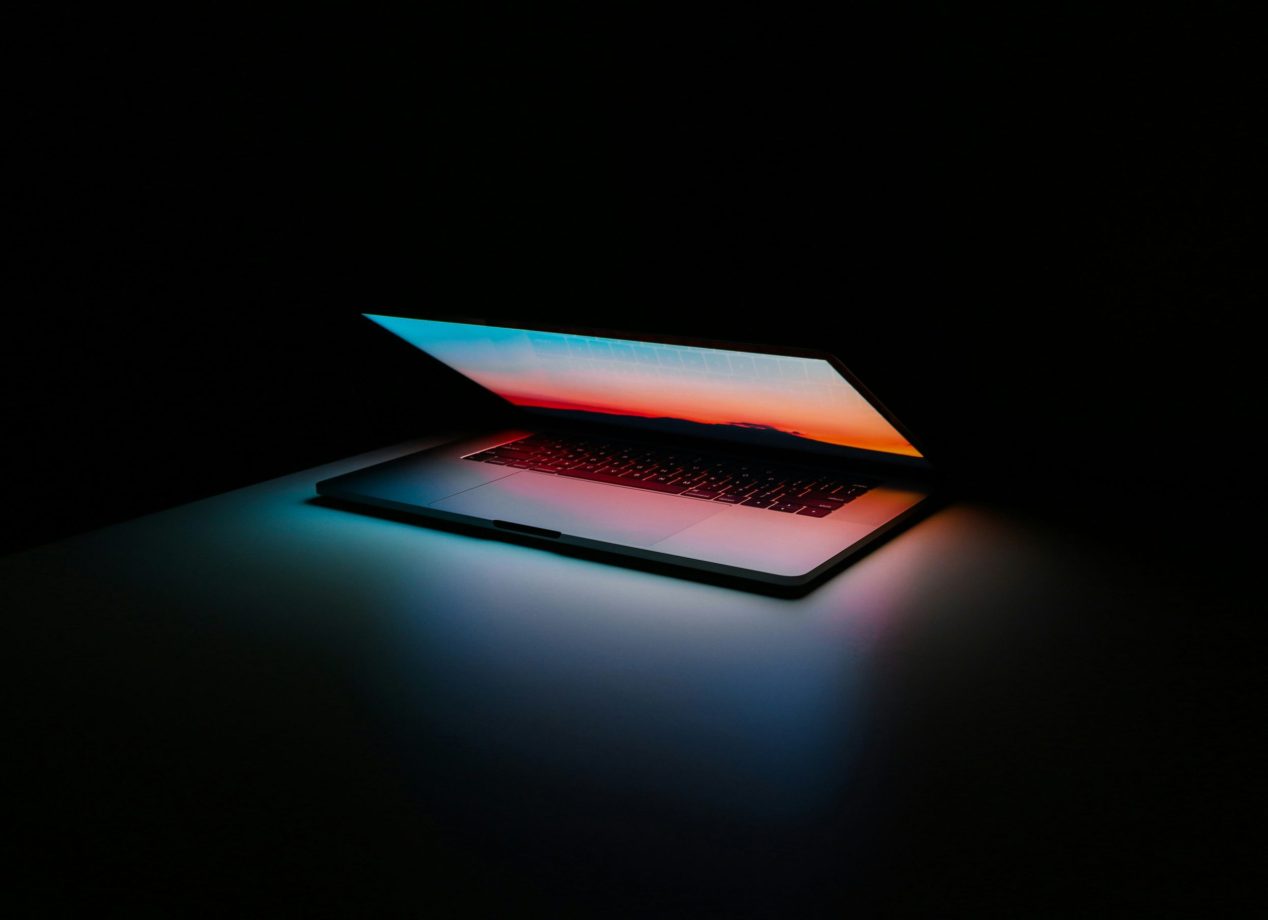At Sotheby’s Institute of Art-London, real-world market tools are a key part of the MA in Art Business program experience. The ArtForecaster platform offers students the chance to sharpen their valuation skills by predicting auction results—bridging classroom learning with the dynamics of the global art market.
How do you train future art business professionals to develop a sharp instinct for market shifts, valuations, and investment potential?
ArtForecaster, created by ArtTactic, is a real-world art prediction platform where players compete to guess final hammer prices in contemporary art auctions. It combines market intelligence, instinct, and a competitive edge. At Sotheby’s Institute of Art-London, it’s also proving to be a powerful learning tool for MA Art Business students, who have been engaging with the platform for several years as a form of extracurricular enrichment.
David Bellingham, Program Director of the MA in Art Business program, recognised the value of ArtForecaster early on. “One student won the global league whilst she was still studying,” he shares. “A current student is top of the global league as I write.” This strong performance prompted Bellingham to establish a dedicated mini-league for current London MA Art Business students in collaboration with ArtTactic’s Founder and CEO, Anders Petterson.
“The goal is to tap into the motivational power of games to improve outcomes and experiences.”
Today, ArtForecaster is fully integrated into the program’s core academic unit on Art Business, Management and Finance. In the second semester, students delve into the relationship between cultural and financial value. While ArtForecaster remains optional, it is strongly encouraged. “Students are taught how to utilise what they have already learnt during the first semester to create increasingly accurate predictions of final hammer prices in relation to estimates,” says Bellingham, who believes the experience strengthens both their valuation knowledge and their awareness of global market trends.
When introducing theories of art valuation Bellingham discusses how ArtForecaster can improve students’ knowledge of "what’s hot" and "what’s not" in contemporary auctions as well as train them in the techniques of valuation and price predictions.
ArtForecaster’s quizzes cover all art market sectors, which means that students are increasing their knowledge of the global art world. This spans from Old Masters to Contemporary, embracing works from East and West, and Northern and Southern hemispheres.
“Gamification is the use of game design elements—such as points, levels, badges, challenges, rewards, and leaderboards—in non-game contexts to motivate participation, enhance engagement, and encourage desired behaviors,” Bellingham explains. “In education, gamification applies these elements to learning environments to make the process more interactive, enjoyable, and effective, without turning it into a full game. The goal is to tap into the motivational power of games to improve outcomes and experiences.”
The MA Art Business program has been employing gamification in its assessment for many years. One example is the Professional Practice assignment, where students work with fictional budgets to assemble real-world collections for fictional clients. They must justify acquisitions from live auctions, galleries, and art fairs—culminating in a curated exhibition and financial strategy. Another game-inspired task sees small teams pitch art investment portfolios, analysing market data and arguing for specific artist choices with long-term return potential.
Though ArtForecaster is not yet assessed formally, its educational value is under active consideration. “Given the experiential qualities it would contribute,” says Bellingham, “we are discussing incorporating it into the curriculum.”
Students who opt in join a private Sotheby’s Institute league, where performance is tracked anonymously through aliases to foster individual learning. League tables are published regularly, adding a sense of progression and friendly competition. At the end of the season, top-performing students receive Fortnum & Mason gift vouchers in recognition of their efforts.
From real-world data to spreadsheet formulae, gamification continues to open innovative pathways to career readiness. With ArtForecaster, students aren’t just learning about the art market—they’re playing it.
Photo by Ales Nesetril on Unsplash
